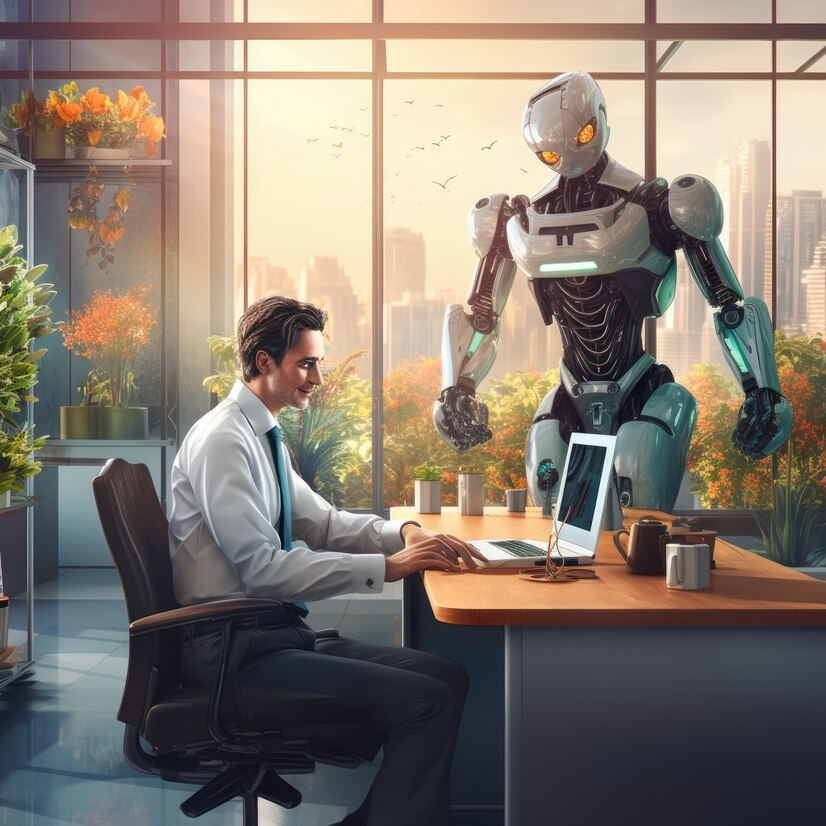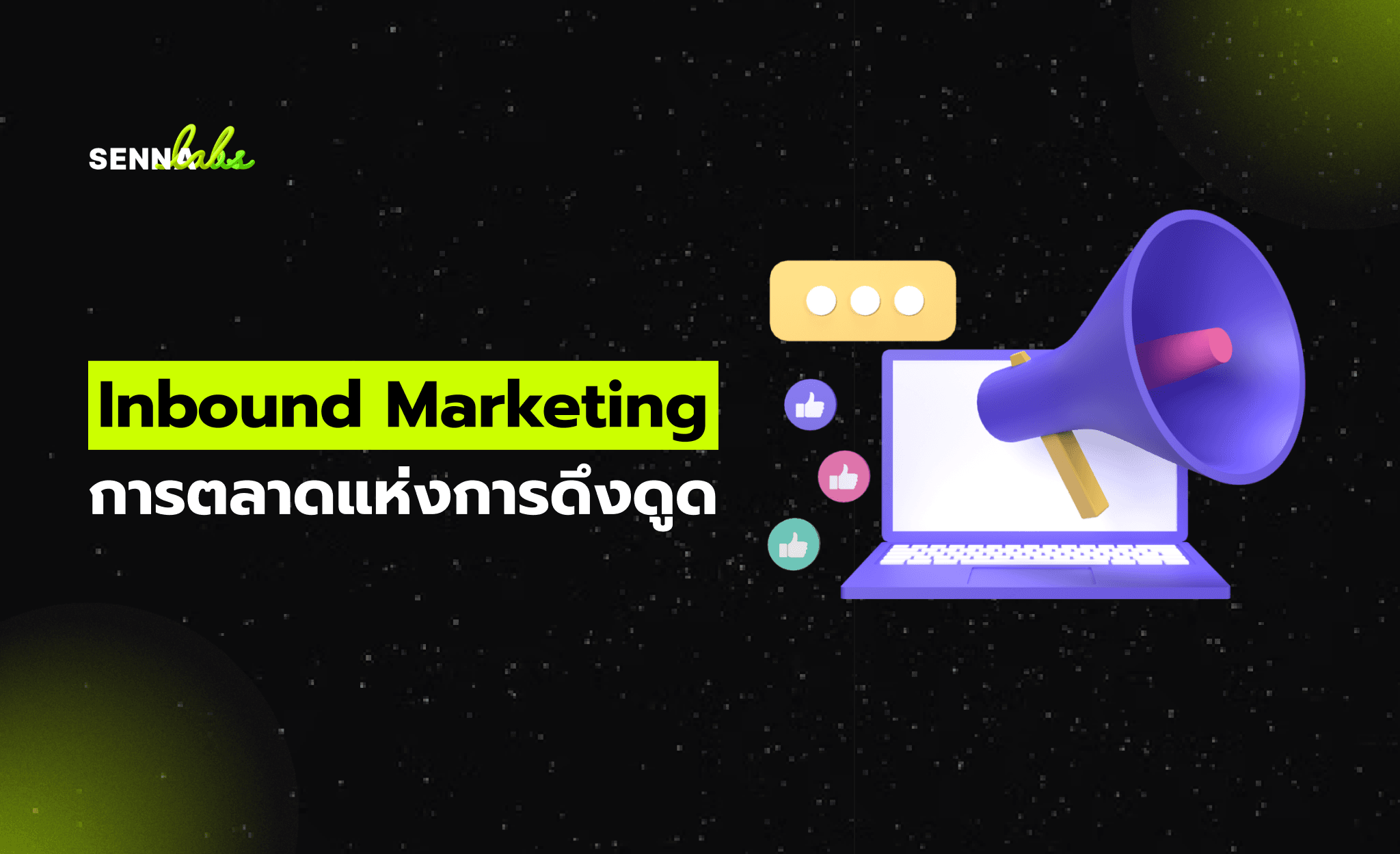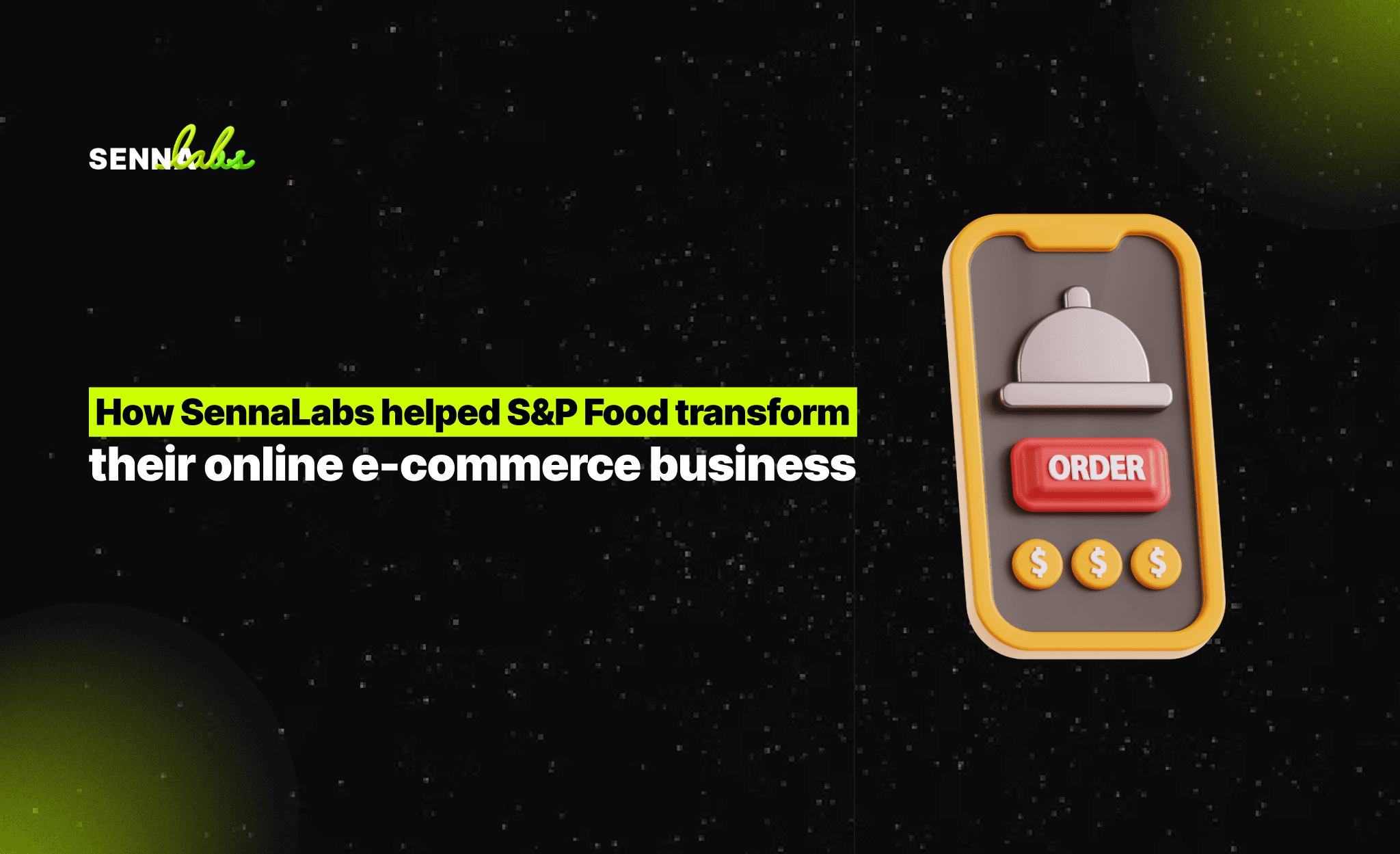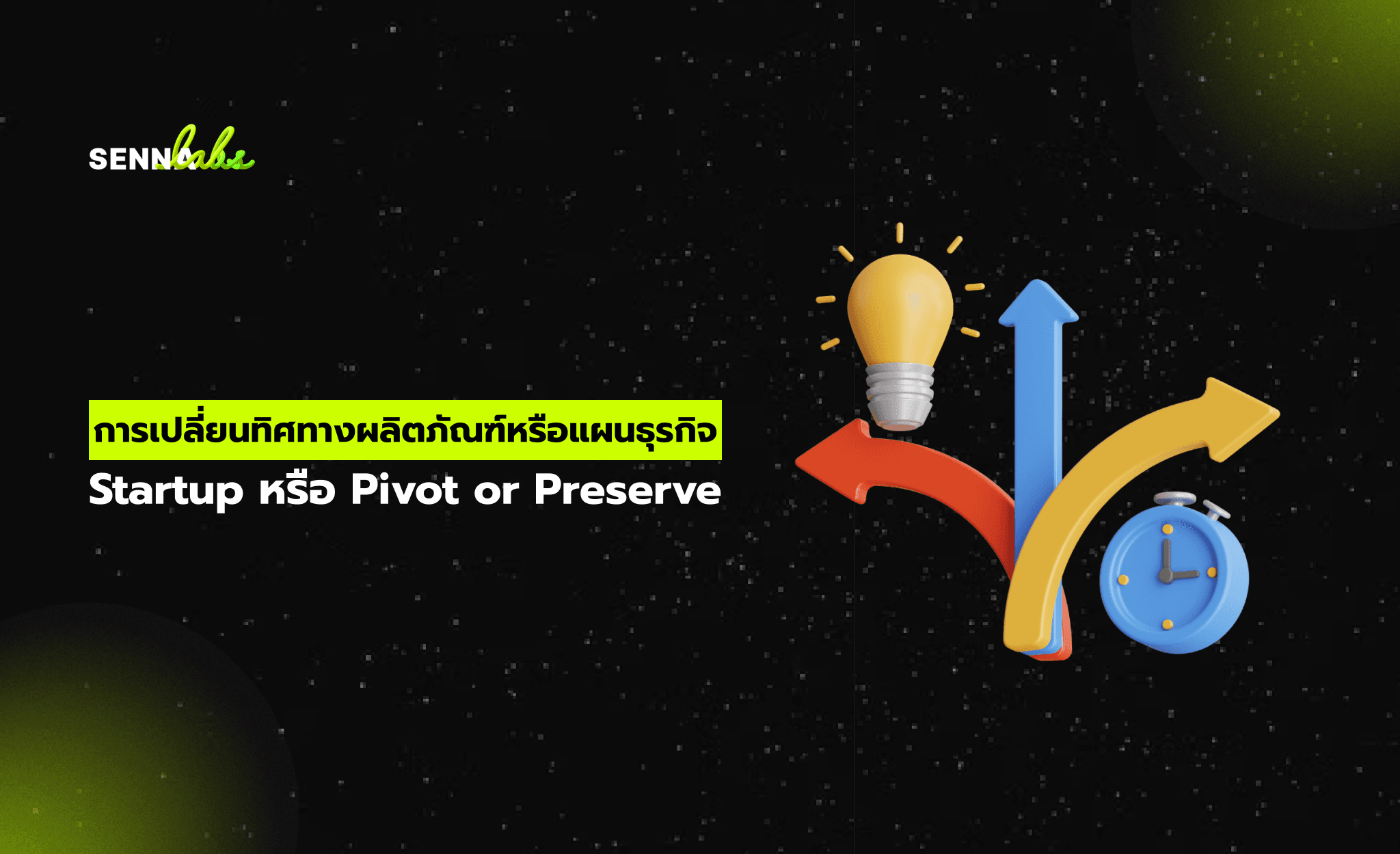Enhancing Employee Productivity with AI Agents and Chatbots

In today’s fast-paced work environments, businesses are increasingly turning to technology to optimize employee productivity and streamline operations. Among the most impactful tools are chatbots and AI agents, which work together to automate repetitive tasks and provide deeper insights for efficiency improvements.
This article explores how enterprises can leverage chatbots and AI agents to enhance workplace productivity, highlighting their distinct roles through a practical use case.

Chatbots: Automating Repetitive Tasks
Chatbots are the frontline workers of workplace automation, designed to handle simple, repetitive tasks that would otherwise consume valuable employee time.
Key functions of chatbots in the workplace include:
-
Meeting Scheduling: Chatbots coordinate calendars and book meeting slots based on participant availability.
-
Information Retrieval: Employees can ask chatbots for quick answers, such as “What’s the Wi-Fi password?” or “When is the next project deadline?”
-
Task Reminders: Chatbots can send reminders for upcoming deadlines, meetings, or assignments.
For instance, an employee named Alex needs to schedule a meeting with three colleagues. Instead of checking everyone’s calendar manually, Alex asks the chatbot:
-
Alex: “Schedule a meeting with Sarah, John, and Emma next week.”
-
Chatbot: “Based on their availability, the best time is Monday at 2 PM. Should I confirm?”
With a quick confirmation, the meeting is scheduled seamlessly, freeing Alex to focus on more critical tasks.
AI Agents: Optimizing Workflows and Enhancing Efficiency
AI agents take workplace productivity a step further by analyzing employee workflows and providing actionable insights to improve efficiency.
Here’s how AI agents enhance productivity:
-
Workflow Analysis: AI agents monitor how employees spend their time, identifying bottlenecks and inefficiencies.
-
Task Prioritization: They suggest which tasks should be prioritized based on deadlines, dependencies, and overall impact.
-
Project Timeline Optimization: AI agents analyze project workflows and recommend adjustments to timelines to meet deadlines without overburdening teams.
-
Resource Allocation: They provide insights into how resources can be allocated more effectively across projects.
For example, Alex’s team is struggling to meet a project deadline. The AI agent analyzes their workflow and discovers that too much time is being spent on low-priority tasks. It recommends reassigning some tasks to other team members and extending the timeline for less critical deliverables.
Use Case: Chatbots and AI Agents in Action
Let’s see how an enterprise might use both chatbots and AI agents to boost productivity:
-
Step 1: Automating Scheduling with a Chatbot
-
Sarah, a project manager, needs to coordinate a weekly check-in with her team. She asks the chatbot, “Schedule a recurring meeting for the marketing team every Monday at 10 AM.”
-
The chatbot checks everyone’s availability and sets up the meeting within seconds. It also sends out calendar invites and reminders.
-
Step 2: Workflow Optimization with an AI Agent
-
The AI agent monitors the team’s workflow and notices that team members are spending excessive time on data entry tasks.
-
It recommends automating data entry using a new software tool and reallocates the saved time to high-priority activities like campaign planning.
-
The AI agent also suggests a timeline adjustment for an upcoming project, ensuring the team can meet deadlines without overtime.
By handling routine tasks and providing actionable insights, the chatbot and AI agent work together to enhance the team’s productivity.
Key Differences: Chatbots vs AI Agents in the Workplace
-
Scope of Tasks: Chatbots focus on automating repetitive tasks, while AI agents analyze workflows and offer strategic recommendations.
-
Complexity: Chatbots handle straightforward interactions, whereas AI agents manage data-driven, multi-faceted processes.
-
Decision-Making: Chatbots provide quick, predefined responses; AI agents use data to generate insights and make informed suggestions.
-
Adaptability: AI agents learn and adapt to employee behavior, while chatbots rely on scripted responses.
Why This Dual Approach Works in Enterprises
Combining chatbots and AI agents creates a balanced system that maximizes employee productivity:
-
Time Savings: Chatbots reduce the time spent on routine tasks, allowing employees to focus on their core responsibilities.
-
Efficiency Gains: AI agents identify inefficiencies and recommend solutions, streamlining workflows and improving project outcomes.
-
Improved Collaboration: By automating scheduling and task allocation, these tools enhance coordination among team members.
-
Cost Effectiveness: Automating both simple and complex tasks reduces the need for manual intervention, lowering operational costs.
Conclusion
The integration of chatbots and AI agents is revolutionizing workplace productivity. Chatbots handle repetitive tasks like scheduling meetings and sending reminders, while AI agents analyze workflows and provide actionable insights to optimize efficiency. Together, these tools empower employees to work smarter, not harder, by focusing their energy on high-impact activities.
As businesses continue to embrace AI-driven solutions, the combination of chatbots and AI agents will play a critical role in driving efficiency, enhancing collaboration, and ensuring long-term success in the modern workplace.


Subscribe to follow product news, latest in technology, solutions, and updates
Other articles for you



Let’s build digital products that are simply awesome !
We will get back to you within 24 hours!Go to contact us Please tell us your ideas.
Please tell us your ideas.







